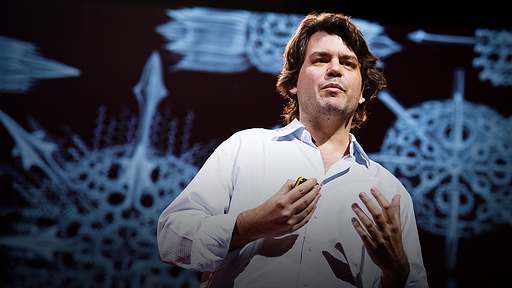Architectural forms as complex as snowflakes? Here’s what they look like up close
Architect Michael Hansmeyer is not one for the T-square. As he explains in a fascinating talk from TEDGlobal, this “computational” designer took inspiration from nature — specifically from morphogenesis, aka the splitting of cells — and created algorithms that help him design highly unusual shapes. Instead of the same old boring Doric, Ionic and Corinthian […]
Continue reading
